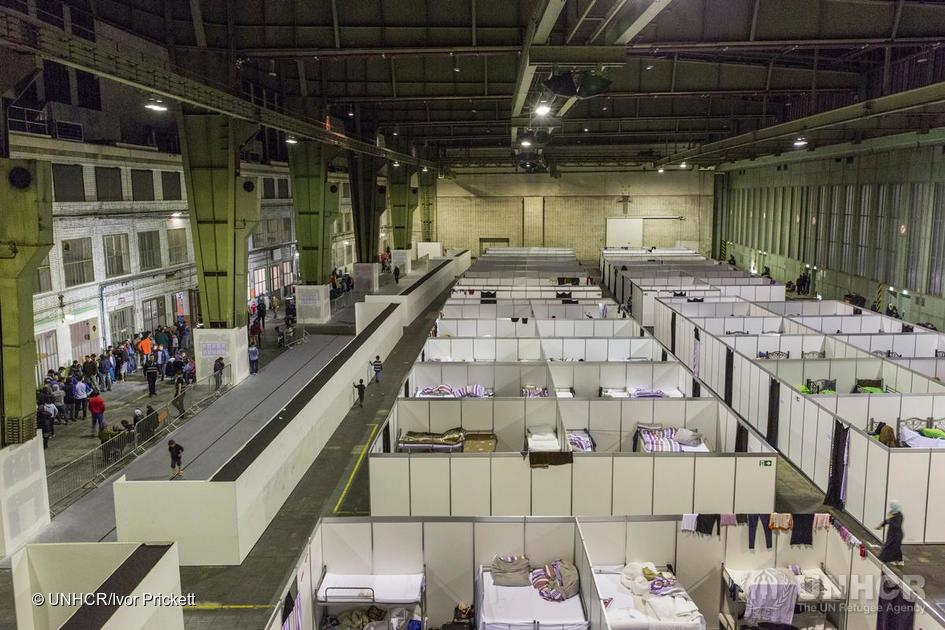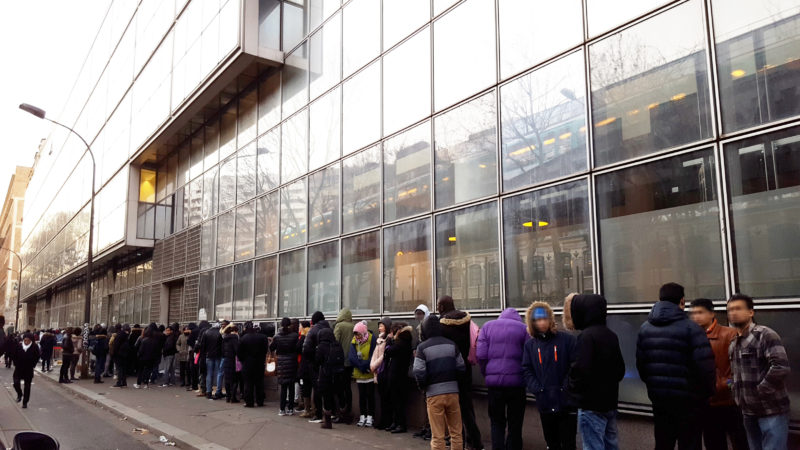Is the dignified reception of all asylum seekers in Europe an illusion?
While some countries were already struggling to provide dignified reception conditions for asylum seekers, the rise in the number of arrivals to Europe highlighted the inability of European countries to meet their obligations as well as their tendency to limit access to rights and services. In a context characterized by growing anti-migrant sentiment, is the top-down harmonization of reception conditions possible?
Decryption
An overview of reception conditions for asylum seekers across European countries
Two successive directives have aimed at harmonising reception conditions for asylum seekers in Europe . Yet the situation from one country to the next varies greatly. Overview.
Read moreDécouvrez nos articles

News
Should the rest of Europe adopt the German asylum model?
Following the surge in arrivals in 2015 and 2016, debates over asylum, migration and integration have been characterised by tougher asylum rules and accelerated expulsions, increased concerns about integrating people “who have a good chance of staying” and the goal of recruiting skilled personnel.
+
News
Differential treatment of asylum seekers by category: discrimination or rationalisation?
In recent years, there has been focus on the poor reception conditions for those arriving in the European Union to seek protection. Indeed, some have described “the refugee crisis” as a “reception crisis” in part because one of the factors leading a challenging but manageable situation to become a crisis was the poor reception conditions in the countries of first arrival which then led to onward movement.
+

News
Pre-reception systems: asylum seekers face additional complications
While access to asylum was generally handled directly by the authorities tasked with handling application registration and assessment, in 2014 and 2015 various European countries implemented pre-reception systems to cope with the surge in asylum applications.
+
News
The recast of the Reception Conditions Directive about to be adopted
On June 14th, after several months of negotiations, the European Council and Parliament reached an informal consensus agreement on the new recast of the Reception Conditions Directive.
+
